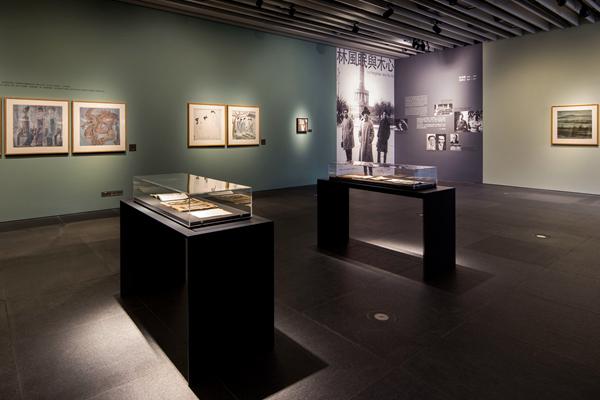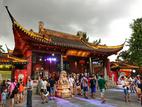Floating at the Yuanbao Lake in Wuzhen, a town at the end of China’s Grand Canal which was dubbed as Venice of China lies the country’s past cultural history through Mu Xin Museum.
The museum was named after Mu Xin also known as Sun Pu in his writing. He was known for his contributions to modern Chinese art that includes his landscape paintings, writings and books. He is famous for the writing entitled “The Prison Notes”.
Zhang Zikang, the deputy director of the National Art Museum of China in Beijing praised the design of the museum.
“I’ve visited many of the new art museums that have been opening throughout the country, and I can confidently say that China doesn’t really need more art museums — rather, what we really need are more high-quality museums built with care, and to international standards,”Zikang expressed.
“As soon as I walked in, I could tell that this was a museum where much careful thought has gone into the design, resulting in a building of remarkable quality that does justice to Mu Xin’s memory,” he added.
The design of the museum was made by Hiroshi Okamoto and Bing Lin of OLI Architecture. Okamoto expressed that the design was mirrored to Mu Xin’s philosophy and personal life.
“All the galleries in the museum are quite dimly lit, with only the exhibits highlighted. The overall dark environment is meant to mirror what Mu Xin’s own house was like: his home was very dark, with all the shutters and curtains usually drawn,” Okamoto shared.
“So here we wanted to tell a story about this artist that would be formed by the experience of traversing the museum — not necessarily in a didactic way, but through an approach that would present visitors with a one-to-one relationship with Mu Xin’s life and work,” he added.








